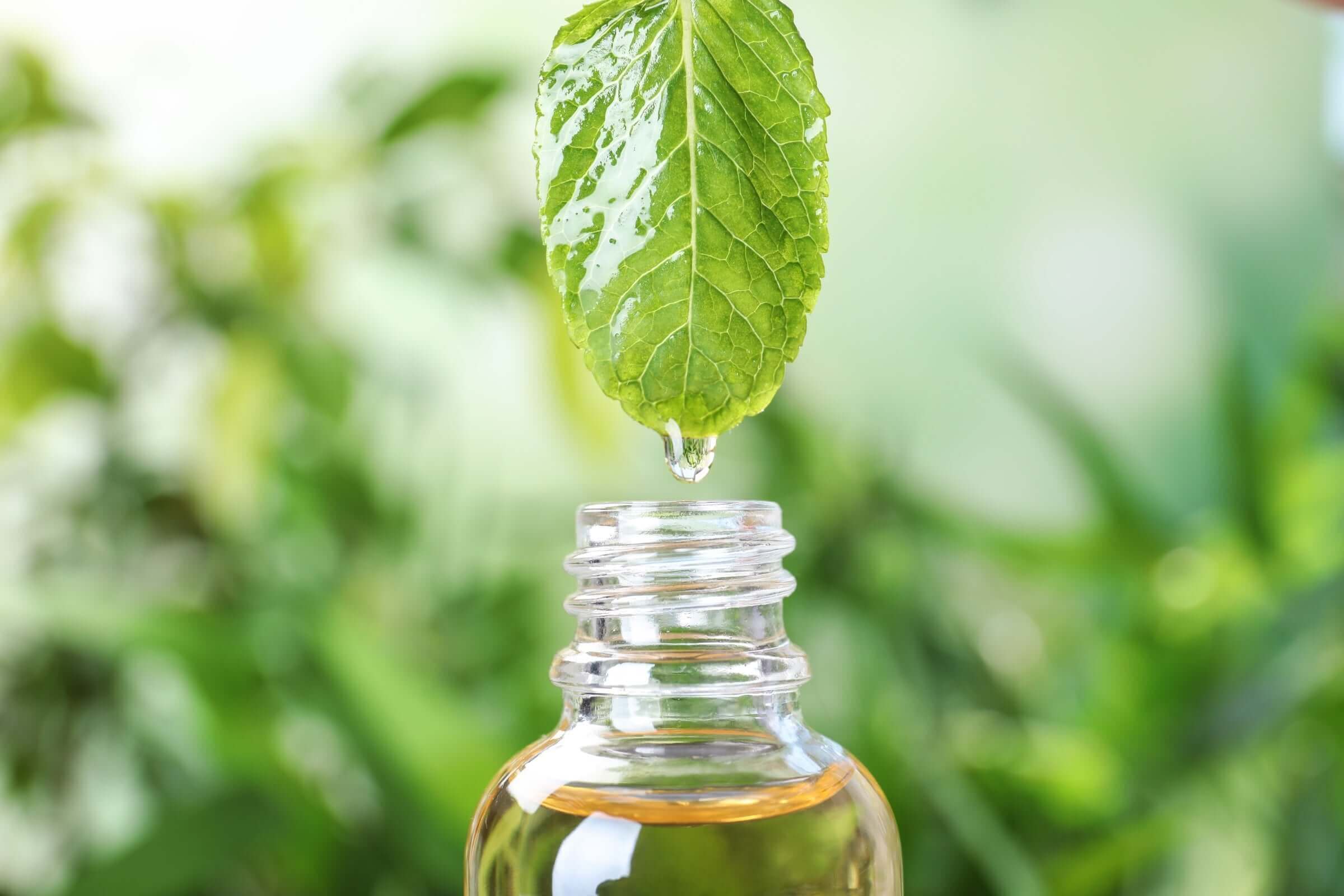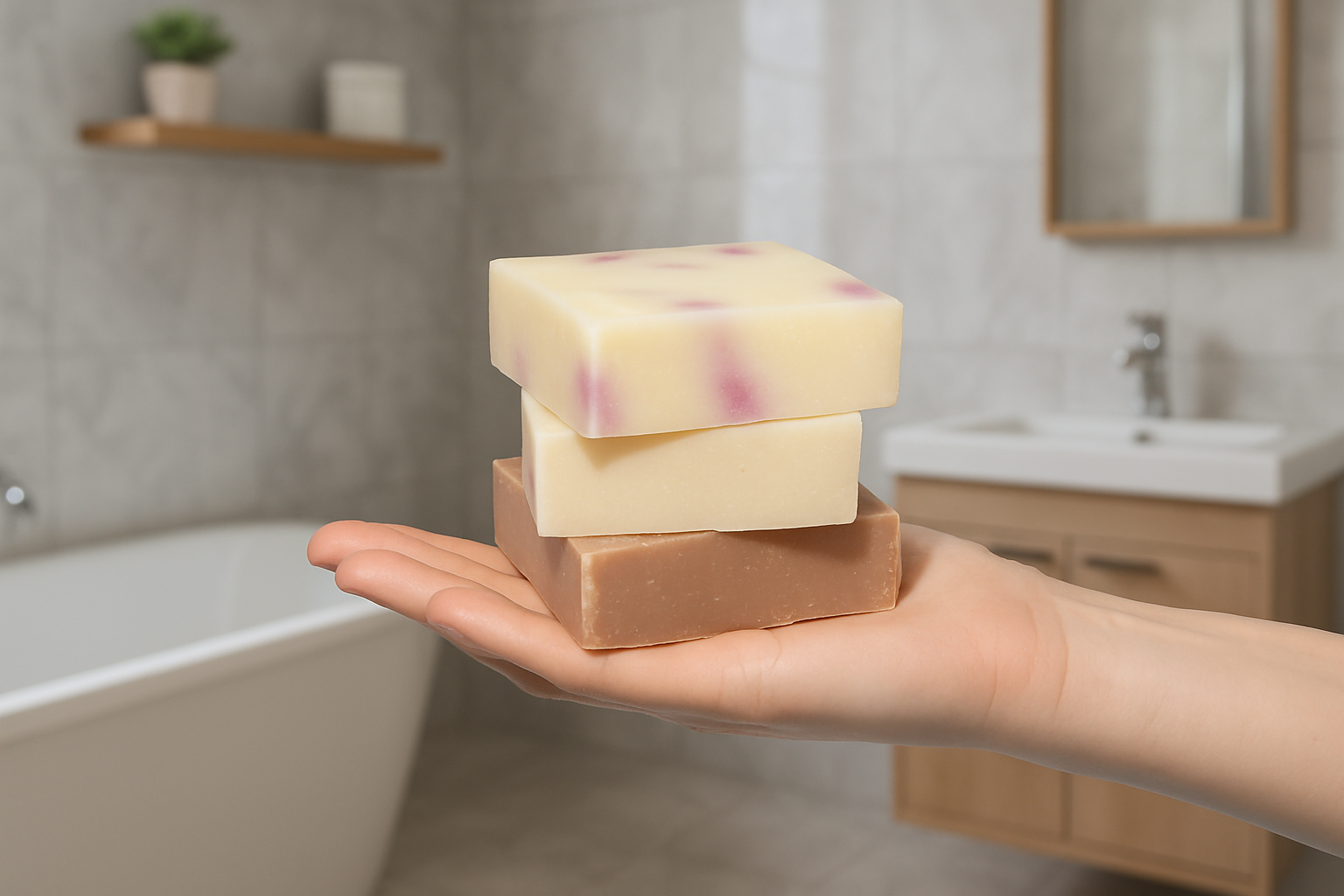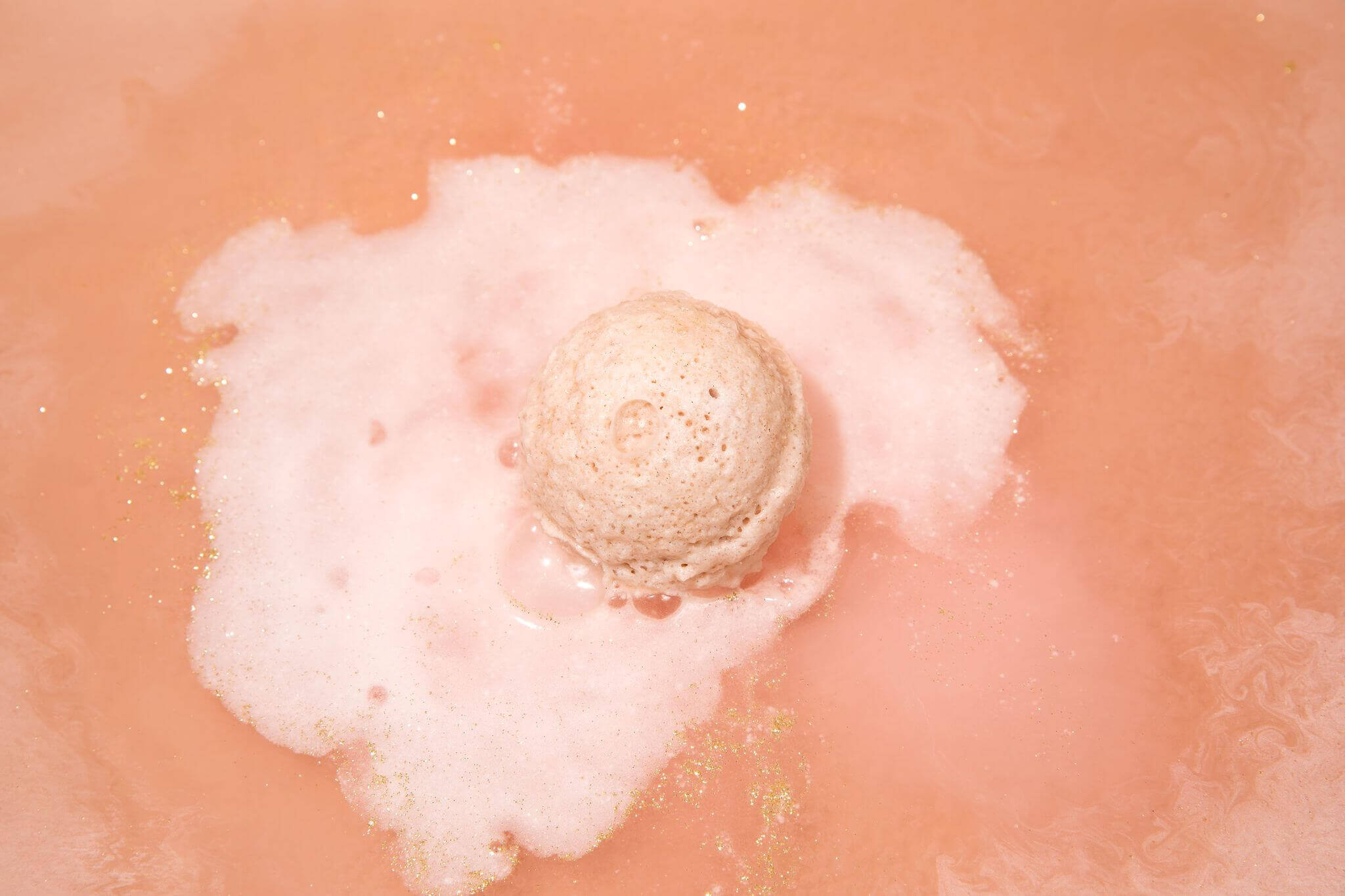Mint Magic: The Benefits of Peppermint Essential Oil

Peppermint, scientifically known as Mentha piperita, found its earliest documented use for medicinal purposes in eighteenth-century England, although its origins are thought to extend back to ancient Egyptian civilization. It is believed that ancient Egyptians, Greeks, and Romans were among the first to cultivate and use peppermint for its medicinal properties. In fact, the herb's name is derived from Greek mythology, with the story of a nymph named Mentha, who was turned into a peppermint plant by the jealous wife of Hades, Persephone.
What's the difference between Peppermint Oil and Peppermint Extract?
It's important to distinguish peppermint essential oil from peppermint extract, as they serve different purposes. Peppermint extract is created by mixing peppermint oil with alcohol or another liquid, like water or glycerin. This results in a liquid primarily employed as a flavoring agent in culinary applications and, to some extent, in certain personal care products.
On the other hand, peppermint oil is pure oil extracted from peppermint leaves (1). This highly concentrated form is classified as an essential oil and is obtained via a steam distillation process involving the leaves and stems of the peppermint plant. During this meticulous procedure, the plant material is subjected to elevated temperatures and pressurized steam.
What is Peppermint Oil best known for?
Peppermint oil is celebrated for its energizing fragrance and an extensive range of health advantages. Throughout history, peppermint has been highly esteemed for its digestive benefits and its soothing qualities. It served as a remedy for a variety of ailments, including digestive discomfort, headaches, and respiratory problems. Across centuries, peppermint oil seamlessly integrated itself into the realms of traditional herbal medicine. To this day, this adaptable essential oil continues to be a reliable presence in folk remedies, culinary creations, and the realm of aromatherapy...it even dabbles as an effective insect repellant!
How should you take peppermint oil?
When it comes to taking peppermint oil, there are two popular ways to enjoy its benefits, depending on your intended use. When it comes to applying peppermint oil topically, you'll find a variety of products such as roll-ons that blend pure peppermint oil with a carrier oil, such as coconut or jojoba oil. These are specifically formulated for easy massaging into the skin. This method is excellent for relieving muscle tension, soothing skin irritations, or promoting hair and scalp health.
If you're looking to enjoy its aromatic benefits, consider using a diffuser to disperse the invigorating scent throughout your space. Additionally, you can add a drop or two of peppermint oil to a bowl of hot water and inhale the steam for respiratory support.
Is Peppermint Oil safe to ingest?
It's crucial to use caution when ingesting peppermint oil, as it can be potent. Undiluted peppermint essential oil is too potent for oral consumption and can become toxic when taken in excessive amounts. If you choose to consume it, ensure you have a food-grade peppermint oil and start with a very small amount, such as a drop in a glass of water or tea, to avoid digestive discomfort. Always consult with a healthcare professional for personalized guidance on how to incorporate peppermint oil into your routine.
Peppermint Oil Skin Care Benefits
Peppermint oil is a powerhouse of benefits when applied topically to the skin:
1. Cooling and Soothing: The menthol content in peppermint oil provides a cooling sensation when applied to the skin, making it an ideal choice for soothing skin irritation caused by sunburn, insect bites, or rashes.
2. Muscle Relaxant: Massaging peppermint oil onto sore muscles can help alleviate tension and promote relaxation. It is often used in massage therapy and after workouts to ease muscle discomfort.
3. Acne Treatment: Peppermint oil's antimicrobial properties make it effective in fighting acne-causing bacteria. Diluted peppermint oil can be applied to blemishes for targeted treatment.
4. Hair and Scalp Health: Peppermint oil stimulates blood circulation to the scalp, promoting hair growth and reducing dandruff when added to hair care products or used in a carrier oil for scalp massages.
5. Pain Relief: Peppermint oil's anti-inflammatory properties further contribute to its pain-relieving abilities. By reducing inflammation, it helps ease the pressure on sensitive nerves and tissues, making it a valuable ally in managing conditions such as arthritis and headaches. Additionally, peppermint oil has mild numbing properties, which can temporarily alleviate pain by dulling the perception of pain signals.
In a 2019 study that compared the effects of peppermint oil and lidocaine drops on migraine attacks, researchers observed a decrease in headache intensity for 40% of the patients who received either drop. Notably, peppermint oil applied inside the nose at a specific angle was found to reduce both the frequency and intensity of headaches, mirroring the effects of lidocaine.
Peppermint Oil Aromatherapy Benefits
1. Enhanced Concentration: Inhaling peppermint oil can improve mental clarity, focus, and alertness, making it an excellent choice for study sessions or work-related tasks.
2. Stress Relief: The aroma of peppermint oil has stress-reducing properties that can help ease anxiety and tension, promoting a sense of calm and relaxation.
3. Respiratory Support: Peppermint oil's menthol aroma can help clear congestion and alleviate symptoms of colds and respiratory issues when diffused or inhaled.
4. Nausea Relief: One of the benefits of peppermint oil is its effectiveness in alleviating nausea. Peppermint oil is widely recognized for its ability to provide relief from queasiness and motion sickness when inhaled or applied topically.
A 2021 study examined the impact of applying a single drop of peppermint oil between the upper lip and nose three times daily for five days following chemotherapy in a group of 80 patients. The results of the study revealed a reduction in the intensity and occurrence of nausea and vomiting.
Peppermint Oil and CBD for Pain Relief: Tub Therapy's Mrs. Fixit Roll-On
One innovative application of peppermint oil in the wellness industry is its combination with CBD oil. CBD, derived from hemp plants, has gained popularity for its potential pain-relieving properties. When combined with peppermint oil's cooling effect, it creates a potent synergy.

Tub Therapy's Mrs. Fixit roll-on exemplifies this combination, offering a convenient and targeted solution for pain relief. The roll-on blends pure peppermint oil with high-quality full spectrum CBD to provide a soothing and fast-acting remedy for sore muscles, joint discomfort, and tension headaches. The cooling sensation of peppermint oil complements the calming effects of CBD, offering holistic relief for various types of discomfort.
Our verdict?
Whether applied topically or inhaled during aromatherapy, peppermint oil offers a holistic approach to pain relief and inflammation management, making it a versatile and natural option for those seeking relief from various discomforts.
While it is most known for its invigorating aroma and a wide range of health benefits, it is commonly associated with its refreshing and minty scent, which can help improve mental clarity and alertness. Additionally, peppermint oil is renowned for its numerous uses, including soothing digestive issues, relieving headaches, promoting respiratory health, and its versatility in skin care and aromatherapy.
References: Sciencedirect.com, Healthline.com



